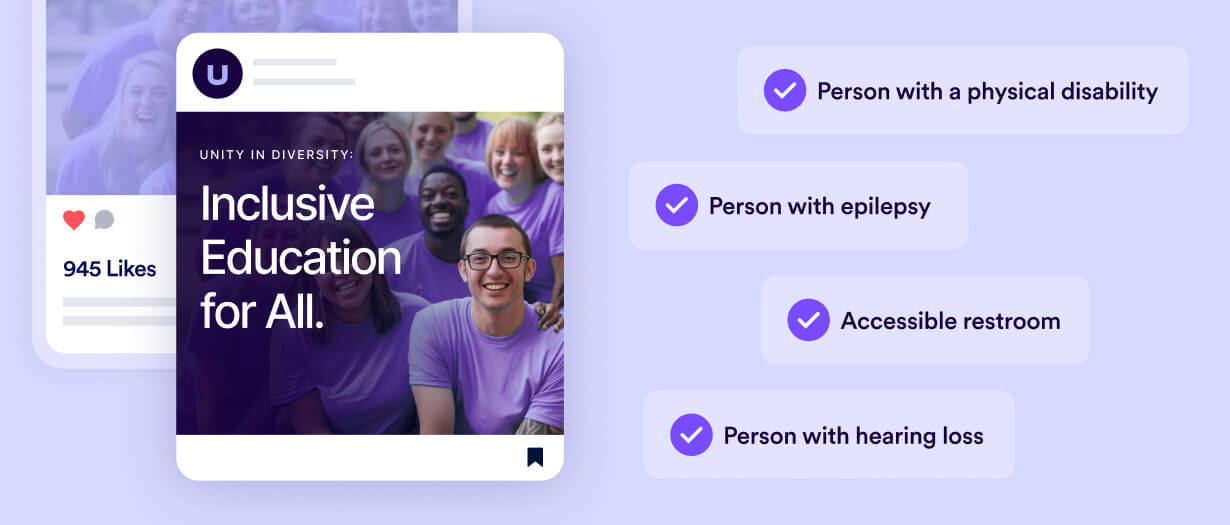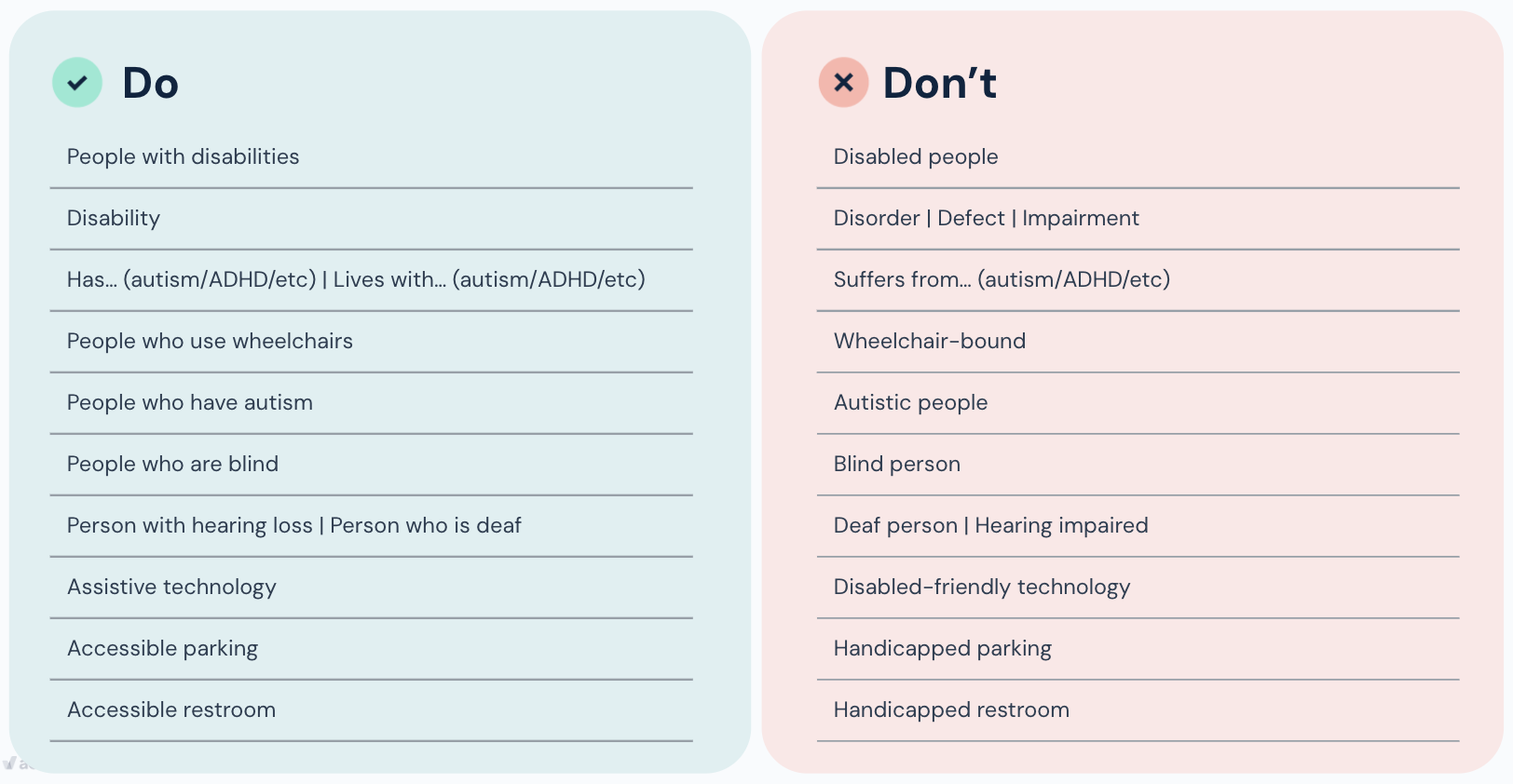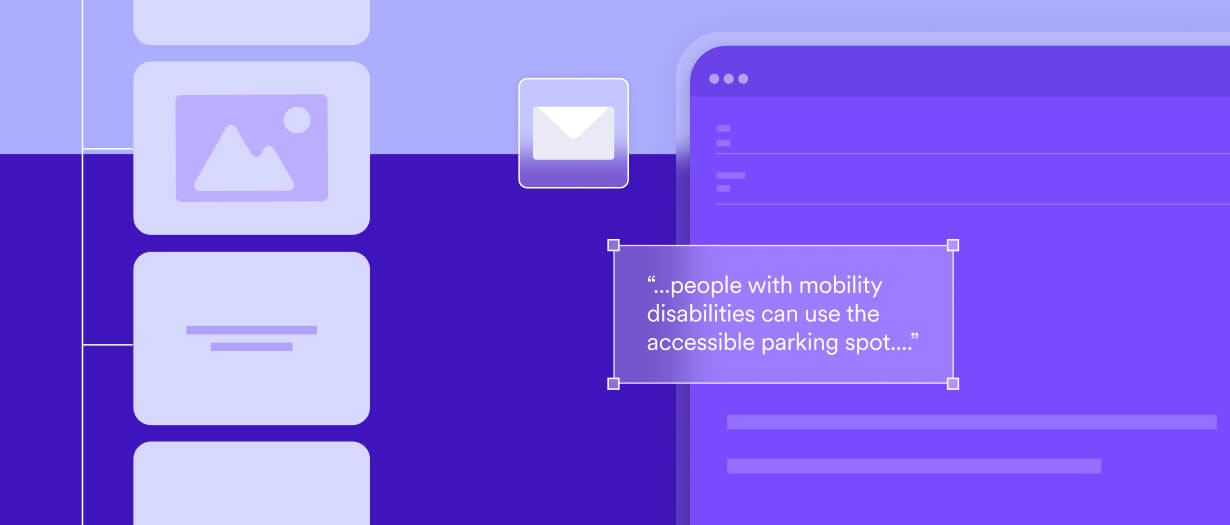If inclusion is a business value in your company, then using inclusive language is important for your brand, workplace environment, and customer relationships. It goes beyond just avoiding offensive language and terms. It requires using words and expressions that acknowledge and respect the diverse identities and experiences that make up our society.
Using inclusive language promotes diversity and equity, enhances team collaboration, attracts consumers who care about inclusion, and contributes to reducing overall societal discrimination. The bottom line is that inclusive language aligns your business with social responsibility.
“Coping up with a diverse and interconnected world, fostering inclusion is not just a moral imperative but also a strategic advantage for businesses and organizations. However, one powerful tool to promote inclusion is through the use of inclusive language, which acknowledges and respects the diversity of individuals and communities.” - Alex Ogwal, Founder & Executive Director at Sound Of Silence Africa Initiative
What is inclusive language?
Inclusive language is a type of communication that is considerate and respectful of everyone, regardless of their characteristics or backgrounds. It mitigates the reinforcement of stereotypes, biases, or discriminatory attitudes, and instead, embraces diversity and acknowledges the worth and dignity of diverse people.
As business professionals, you need to choose words and expressions that don’t marginalize or exclude other people based on factors such as gender, race, ethnicity, age, ability, sexual orientation, or other identity markers.
Language choice and the disability communities
Inclusive language for people with disabilities involves using words and phrases that are respectful and person-first. It’s crucial for several reasons:
- Demonstrates Respect and Dignity: Inclusive language acknowledges the humanity of people with disabilities, emphasizing their personhood before their disability.
- Avoids Stigmatization: Outdated or insensitive language can perpetuate negative stereotypes and stigmas associated with disabilities. Inclusive language helps break down these stereotypes and enables a more accurate and positive representation of people with disabilities.
- Promotes Equality: Using inclusive language promotes the idea that everyone, regardless of their disability, deserves equal rights, opportunities, and treatment.
- Aligns with Empowerment: Inclusive language empowers people with disabilities by acknowledging their agency, abilities, and contributions to society.

“The golden rule we use is to always encourage people to speak to individuals with disabilities to hear how they may want to be addressed. Some people like using people-first language (example: a child living with Autism) while others prefer using or being identified by their disability first (example: an Autistic child). People just want to be seen and heard and it is important to respect their wishes, and if you cannot speak to someone, lead with humanity and individuality of the person for example "person who uses a wheelchair" instead of "wheel-chair bound." -Vickie Brett, Co-Founder and Supervising Attorney at Inclusive Education Project
Examples of inclusive language for people with disabilities
The key is to prioritize the person over the disability. It's also important to be open to personal choices, as some people may have specific preferences for how they are described. In general, these are a few common, modern-day examples of disability-related terminology that is inclusive:

Where to use inclusive language
The impact of inclusive language extends across all communication platforms, influencing the way we connect and engage with others both in person and online.
In the dynamic world of social media and marketing, strategies for inclusive language in promotional content play a pivotal role in reaching and retaining a wider audience. According to research performed by Microsoft, 49% of their study’s participants said they stopped buying from a brand that didn’t represent their values. Clear dedication to inclusive language will shine through your social and marketing materials, attracting consumers who believe in inclusion and want to support brands that share the same social values.
“I know that when we create social posts, write our newsletter, and reach out to the Colorado & Wyoming epilepsy community, we take extra care to ensure that our language is inclusive and that we remain mindful of the community that we serve.” - Layne Wilson, Marketing and Development Manager at Epilepsy Foundation of Colorado and Wyoming
Email communications should resonate with a diverse audience. By using inclusive language, you can make sure that your emails are respectful, welcoming, and considerate of different backgrounds and perspectives. This will help your business reach and connect with different audiences at a higher and more engaging level.

In meetings and presentations, using language that welcomes all participants is key to fostering an inclusive atmosphere. This involves avoiding jargon, being mindful of cultural sensitivities, and encouraging open dialogue. Companies that choose to encourage diversity in their working environment are 35% more likely to exceed financially.
In each of these contexts, the power of inclusive language lies in its ability to build connections. Your business, as an active employer of inclusive language, will generate more respect, attention, and credibility as a brand that creates spaces where everyone feels seen.
The good news is that there’s now content software that can help identify and eliminate biased language in all of your internal and external content, including job listings, websites, social media, emails, and any other communications or platforms you use. Platforms like Textio, Grammarly, and Persado are all capable of flagging language that isn’t inclusive and can be used as a guide when necessary.
Inclusive Language is so in Right Now… and Always Will Be
By using language that embraces diversity and avoids exclusionary terms, you can demonstrate your commitment to equality and to helping everyone feel valued and understood. Inclusive language not only promotes a sense of belonging but also leads to great business benefits such as wider audience reach, stronger brand reputation, and an edge over industry competitors in today's diverse marketplace.


